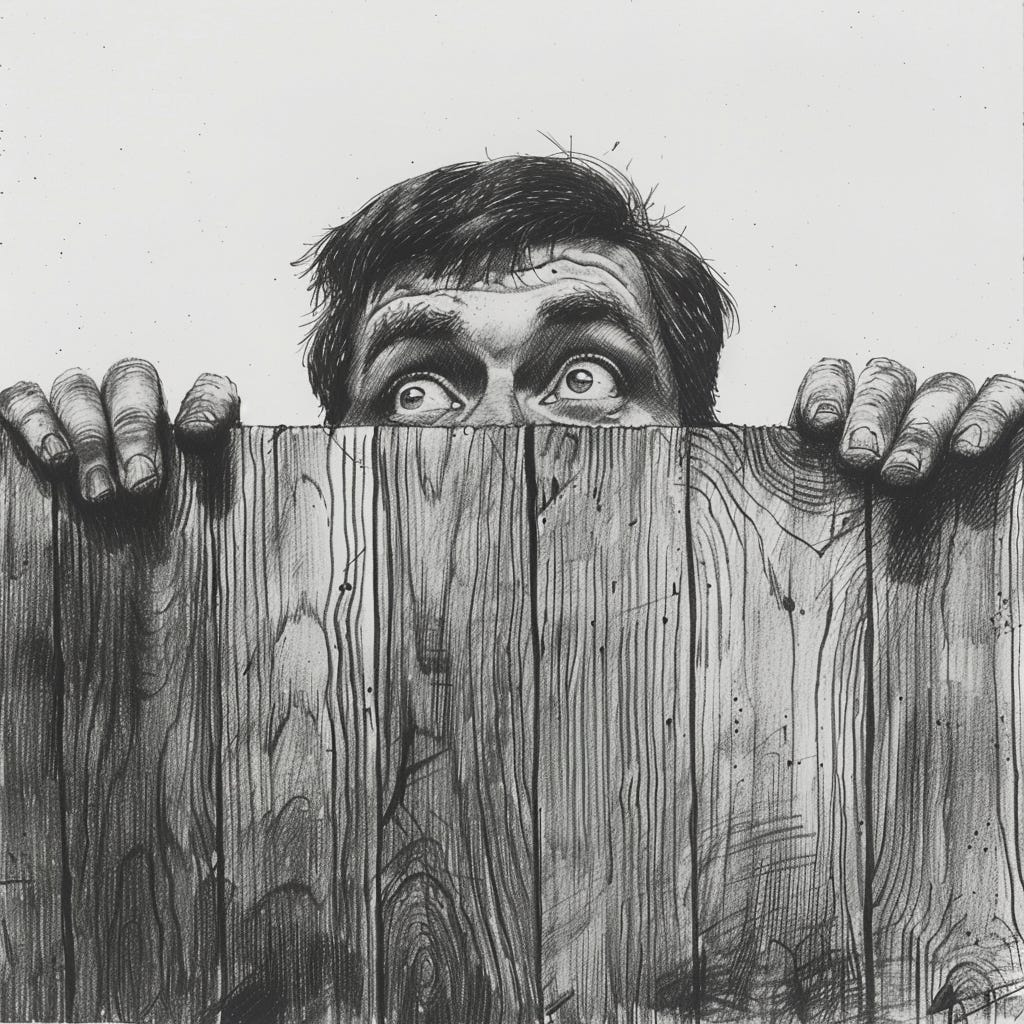The Surprising Reason You Should Think Twice Before Changing Anything
Chesterton's Fence: A Powerful Principle for Thoughtful Change
Chesterton’s Fence is a mental model that promotes critical thinking and effective change management. It helps us understand why things are and gives us pause before trying to undue the status quo.
Before rushing in to dismantle what we perceive to be outdated or inefficient, it is important to pause and consider why those systems are in place.
Understanding the Principle
Chesterton's Fence, is named after the English writer G.K. Chesterton, and it states that before removing a "fence" (or any established system or idea), we must first understand why it was built. The parable goes like this: If you come across a fence in a field and don't know its purpose, it would be foolish to tear it down without first investigating why it's there. The fence might be serving a vital function that isn't immediately apparent.
This principle applies to the fences in our everyday lives such as policies, processes, and beliefs that shape our organizations. Before we advocate for change, we must take the time to comprehend the reasoning behind the existing structures. We need to prevent the negative unintended consequences of making changes without thought of the impacts those changes bring.
Applying Chesterton's Fence in Practice
When evaluating potential changes, Chesterton's Fence encourages us to dig deeper and seek a more comprehensive understanding of the status quo. Here are some ways to apply this mental model:
1. Policy Changes: Before lobbying for a new policy, research the history and intent of the current one. What problem was it designed to solve? What unintended consequences might arise from its removal?
2. Process Improvements: When streamlining a process, investigate why each step exists. Some steps that seem inefficient might be serving a crucial purpose, such as ensuring quality or compliance.
3. Belief Systems: Before dismissing a long-held belief, try to understand its origins and the value it provides to those who hold it. This empathy can lead to more constructive dialogues and mutually beneficial solutions.
The Value of Thoughtful Progress
Chesterton's Fence reminds us that not all change is progress. By taking the time to understand the reasoning behind existing structures, we can avoid reckless innovation and unintended consequences.
This mental model encourages us to ask questions, seek diverse perspectives, and challenge our assumptions. By doing so, we can identify which "fences" are truly unnecessary and which ones still serve a valuable purpose.
Sometimes things that seem inefficient are in place for a reason, understanding these reasons will lead us to building better solutions. Understanding the past is crucial for meaningful change.



